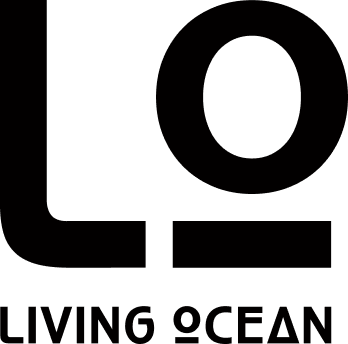
Studying the impact
of illegal Antarctic driftnetting
Overview
The Patagonian toothfish is a lucrative target for illegal driftnet fishing in CCAMLR-protected Antarctic waters, with large-scale associated bycatch issues including Antarctic albatross. With the vast areas involved, policing activities are minimal to nonexistent.
Learning that Sea Shepherd planned an Antarctic voyage to seize unattended driftnets, Living Ocean saw a unique opportunity to complement this activity by facilitating the placement of research scientists on board. To this end, a partnership was established with the Institute for Marine & Antarctic Studies (IMAS) and Sea Shepherd.
-
The aim was to provide marine scientists with an otherwise-unaffordable opportunity to study and document the ecological impacts of this illegal fishery, including marine mammal and albatross bycatch.
-
Development by IMAS of scientific protocols for onboard researchers was organised
Detailed scientific research licences were required at short notice from the Australian Government, however IMAS lacked the resources to obtain these in the time frame; Living Ocean undertook this arduous task and delivered the licences in time.
Living Ocean onboarded a field microscope and other required scientific equipment for the study
Sea Shepherd was informed of and agreed to the scientific requirements
Research scientists were trained in the research protocols to be followed and embedded onboard the Sea Shepherd vessel
Publication of scientific papers with findings.
-
Research scientists enjoyed an unparalleled opportunity to study the impacts of the fishery on whales, dolphins, seals, albatross and the toothfish themselves
IMAS scientists published a number of peer-reviewed papers detailing their findings and recommendations.
-
Institute for Marine & Antarctic Studies, University of Tasmania
Sea Shepherd Australia
-
Dr Jennifer Lavers and colleagues, IMAS





